Lemurs of Madagascar.
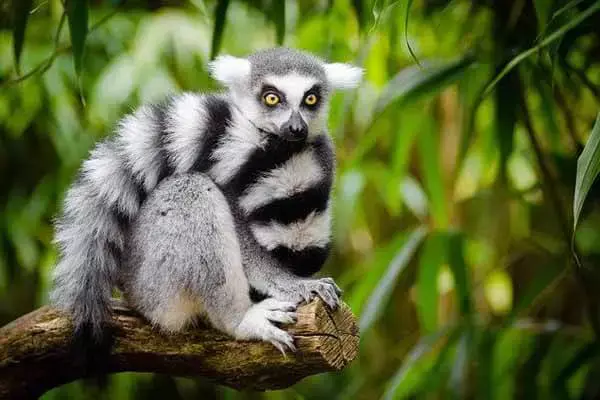
The Diverse World of Lemurs in Madagascar
Madagascar, the world’s fourth-largest island, is often described as a “living laboratory” of evolution. Among its most iconic and unique residents are lemurs, a group of primates found nowhere else on Earth. Scientists have identified over 100 species and subspecies of lemurs, each with its own behaviors, habitats, and adaptations. These species belong to several families and showcase the island’s extraordinary biodiversity.
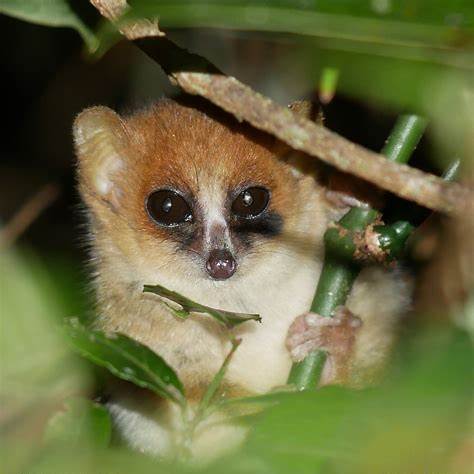
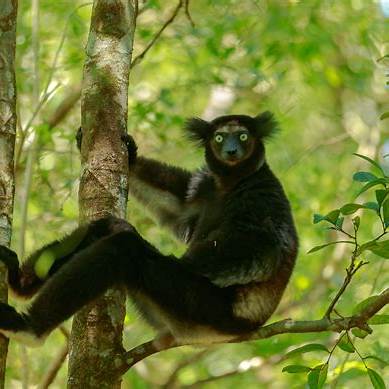
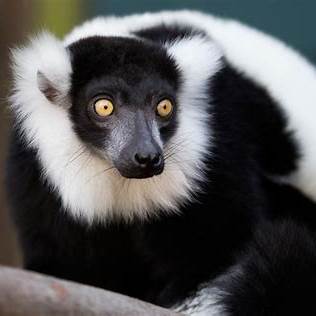
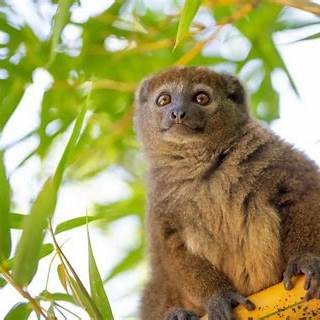
🐾 Mouse Lemurs (Genus Microcebus)
- Overview: The smallest primates on Earth, measuring just 12–14 cm in body length and weighing 30–65 g
- Behavior: Nocturnal with large, reflective eyes; omnivorous, eating fruits, insects, nectar, and tree gum
- Biodiversity: At least 24 species recognized today; new ones still being discovered .
🌳 Indri (Indri indri)
- Size: The largest living lemur—60–90 cm body length, 6–10 kg weight, and only a vestigial tail
- Lifestyle: Diurnal, lives in small family groups, and famous for its loud, haunting calls that can travel over 2 km
- Role: Important seed dispersers and culturally revered in Malagasy traditions
- Status: Endangered due to deforestation and hunting.
🌸 Ruffed Lemurs (Genus Varecia)
- Species: Includes Black-and-White Ruffed Lemur and Red Ruffed Lemur
- Size: Large—43–57 cm body, with tails adding another 60–65 cm; weigh 3.1–4.1 kg
- Behavior: Diurnal, highly arboreal, known for loud vocalizations; excellent pollinators Conservation: Both species are critically endangered, threatened by habitat loss and hunting
🎋 Golden Bamboo Lemur (Hapalemur aureus)
- Appearance: Cat-sized, 28–45 cm body with a tail of 24–40 cm; approximately 1.6 kg
- Diet: Specializes in bamboo, even consuming species high in cyanide; also eats other plant materials and insects
- Social Behavior: Lives in small family groups; breeding is seasonal with maternal care lasting 6–8 months
- Conservation: Critically endangered; fewer than 1,000 individuals remain .
🌿 Why Lemurs Matter
- Ecological Role: Key pollinators and seed dispersers, crucial to the regeneration and health of Madagascar’s forests.
- Evolutionary Significance: Evolved in isolation for ~50 million years, leading to high species specialization .
- Conservation Crisis: Over 90% of lemur species are threatened due to deforestation, hunting, and habitat fragmentation.
Cultural Importance: Many Malagasy traditions view lemurs as sacred and fady (taboos) often protect them.
🌟 Final Thoughts
From the tiny mouse lemur to the majestic indri and bamboo specialists, Madagascar’s lemurs showcase remarkable adaptations and biodiversity. They are living symbols of the island’s evolutionary history. Protecting them ensures the survival of unique forest ecosystems and preserves cultural connections.
Let me know if you’d like more species included (like sifakas or aye-ayes) or if you’d like this crafted into a slideshow or infographic!



